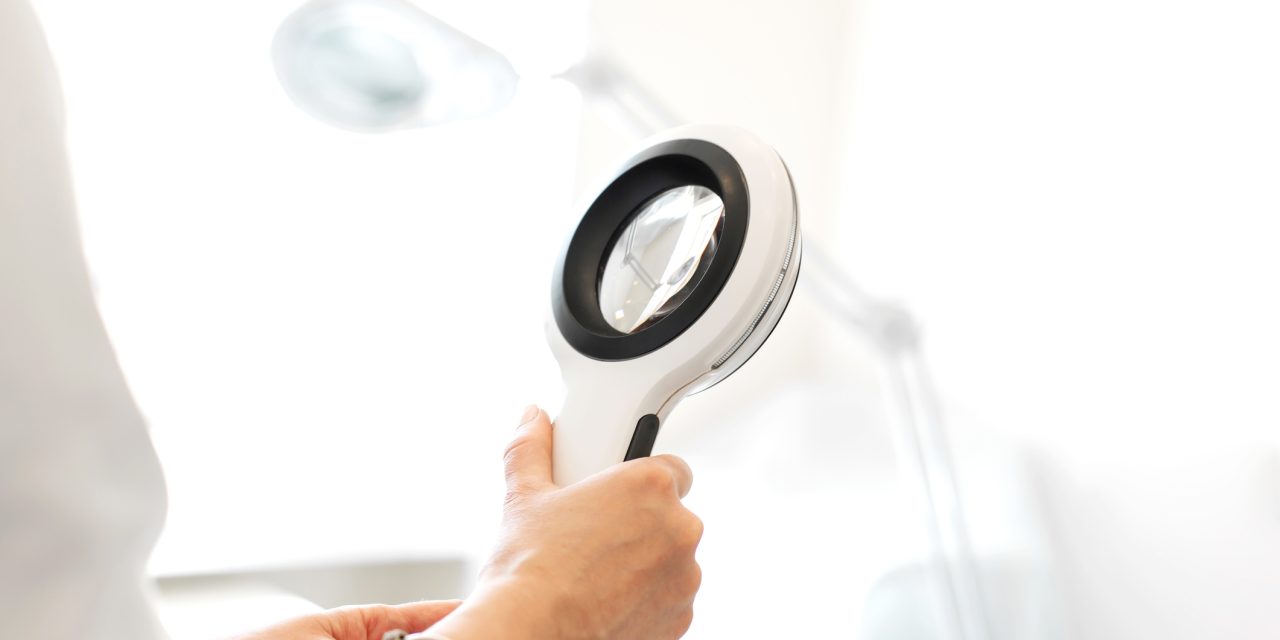Psoriasis is a chronic disease that derives great costs to the health care system. In Colombia, due to deficiencies in this system, patients are more likely to incur in out-of-pocket expenses; money that has never been quantified in this country.
To quantify out-of-pocket expenses and to analyze their relation to patients’ clinical and labor characteristics in a cohort of psoriatic patients.
A single-center, cross-sectional study was performed, evaluating psoriasis patients.
A total of 100 psoriasis patients were analyzed. We identified that patients with higher dermatology life quality index and in phototherapy treatment were the ones that had higher out-of-pocket costs (p = 0.006 and 0.005, respectively). We found no correlation between out-of-pocket costs and occupational status, psoriasis area severity index or other types of treatment. The largest amount of money was used to buy medications and bus transportation with a maximum up to 440.50 and 528.60 USD, respectively. Among the 100 participants the total expense was 11131.90 USD in a 6-month period.
Lack of measurement of the labor productivity and labor absenteeism secondary to sick leave.
Out-of-pocket costs are similar with what was shown in previous studies. We found statistically significant differences for the DLQI in comparison with out-of-pocket expenses, regardless of the PASI level. Phototherapy treatment also had statistically significant differences in relationship with out-of-pocket expenses, when compared to other treatments, because it requires higher expenses in transportation, copayments, and alimentation during appointment assistance.
Copyright © 2021 Sociedade Brasileira de Dermatologia. Published by Elsevier España, S.L.U. All rights reserved.
Out-of-pocket costs for patients with psoriasis in an outpatient dermatology referral service.


